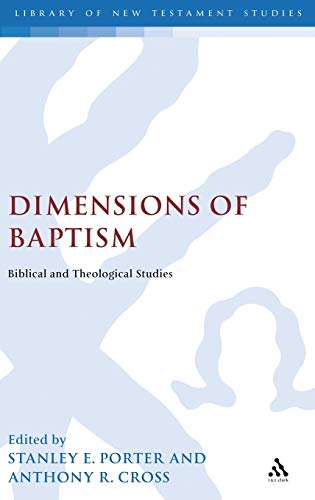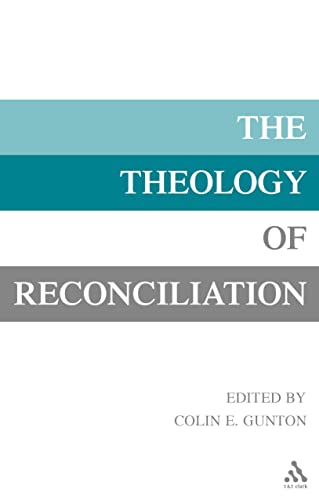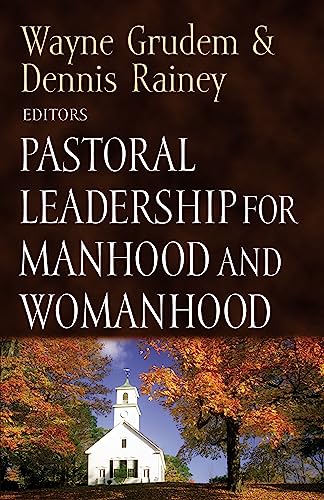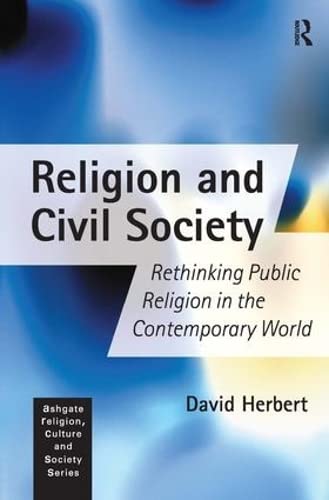Chisholm’s most recent book on the prophets, aimed at the undergraduate, pastor and ‘informed layperson’, seeks to give the reader ‘an overview of the prophets’ message through a commentary that analyses the structure, themes, and message of the prophets’ (9). Prophet by prophet we are given an outline of the structure of the book and a chapter by chapter commentary, with occasional longer notes on specific issues. There is no extensive discussion of ‘introductory’ issues (though some books, like Daniel, prove this rule), and Chisholm holds conservative positions on the dating and (where applicable) historical nature of the writers, though there is no full-scale defence of these views (this is not the purpose of the book).
For many British (or possibly simply non-dispensationalist?) readers there will be quite a few points at which a knowledge of the dispensationalist context from which the book comes (the writer teaches at Dallas Theological Seminary) would help with understanding the next. Chisholm’s book, however, is not a simple regurgitation of a particular tradition and reads as though the author has thought through (and possibly fought through) many points in his background in the light of Scripture (for example, frequent claims that such and such a prophecy is ‘not literal’ make sense in this way). This is an example that those from all theological backgrounds should seek to imitate.
One of the more puzzling points about the book is the reluctance to see OT passages as messianic predictions. Their use in the NT is explained as the apostles’ application of OT passages to Jesus. Many of Chisholm’s alternative explanations are attractive (I am particularly taken with his reading of Zech. 12:10, 474–75), but I am not fully sure how this way of reading fits to the authorship of all Scripture (at one level) by God. Was God unaware that Zechariah 12:10 was about Jesus? Perhaps, though, this criticism may be a disagreement about what is meant by messianic prediction. There are numerous small criticisms that could be made in the areas of language (e.g. I am not sure Chisholm and I understand the same thing by ‘anthropomorphism’ and ‘anthropopathism’, since if we do his discussion of it is not coherent, 362, 372, 414) and text (e.g. accepting the reading Zedekiah in Jer. 27:1 seems like special pleading, 189), and the author is perhaps too fond of finding chiastic structures, though on occasion is forced to admit that they display some variation’ (i.e. do not work). e.g. page 465.
This book will probably be most useful to those who come from the context in which it was written, though contains a great deal that would benefit everyone. It is thorough and generally carefully written. Those who are not dealing with the same background as Chisholm right find reading through the prophets with a few good OT introductions more useful (the works by E. J. Young and Dillard/Longman cover most bases and are relatively concise).
J. K. Palmer
Cambridge







